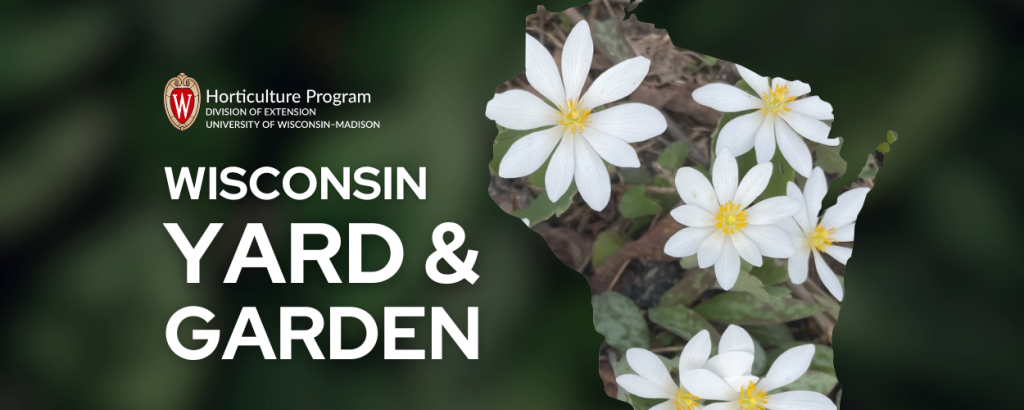
May is a transition month from spring to early summer across Wisconsin, with yard and garden activity getting back into full swing. Weather can still be unsure, with cooler conditions typically prevailing, so prioritize your gardening agenda accordingly.
Planting bare-root stock, such as roses, raspberries, apples, and other trees or shrubs is very time sensitive and takes top priority right now. Plant them promptly after they arrive so they do not break dormancy before getting into the ground. Other types of nursery stock, such as containers or balled and burlap materials, do not need to be planted immediately, but the sooner the better.
Assuming your soil is workable, many vegetable crops can be planted now, with the list growing as we advance further into May. Avoid working wet soil, however, especially with higher clay content, as clods will form and be an issue for the remainder of the season. Crops that tolerate cool weather suitable for planting in early May include beets, carrots, radishes, and onions. Hold off with warm-loving crops, including lima beans, cucumbers, eggplant, muskmelon, okra, pepper, pumpkins, squash, and watermelon, until late May or even early June in far northern Wisconsin.
Even though garden center outlets may have flats of annual flowers ready for purchase, it is best to wait a bit longer to plant them rather than risk frost damage. Hardy annuals such as pansies tolerate chilly weather, but most others prefer warm weather that comes later in May. Smaller containers and hanging baskets could be brought indoors if frost is forecasted, however. Remember to harden off bedding plants by gradually transitioning them outdoors from greenhouse environments to allow them to get acclimated to outdoor conditions.
May is time to address weed management in gardens and landscape beds. Small weeds are much easier to manage before they crowd out desirable plants. Remove existing weeds, especially perennial species, before applying mulches. If you consider using herbicides this year, double check product labels to ensure you apply chemicals according to the label. Always follow all precautions and instructions. Herbicide options for use in landscape beds and gardens are extremely limited; cultural (mulching) and mechanical (pulling or tilling) methods are better routes to take.
Spring sprung suddenly for early blooming shrubs such as forsythia this past week over much of northern Wisconsin. As blooms fade away on spring-flowering shrubs, address pruning needs promptly. Established spring-flowering shrubs should be pruned right after blooming to ensure good flower production next season. Pruning older stems to the ground encourages the development of younger stems, which will keep your shrubs blooming consistently in years to come.

About the Author
Bruce Spangenberg is a Horticulture Outreach Specialist with UW-Madison Division of Extension. Get answers to your lawn, landscape and garden questions anytime at “Ask Your Gardening Question.”




